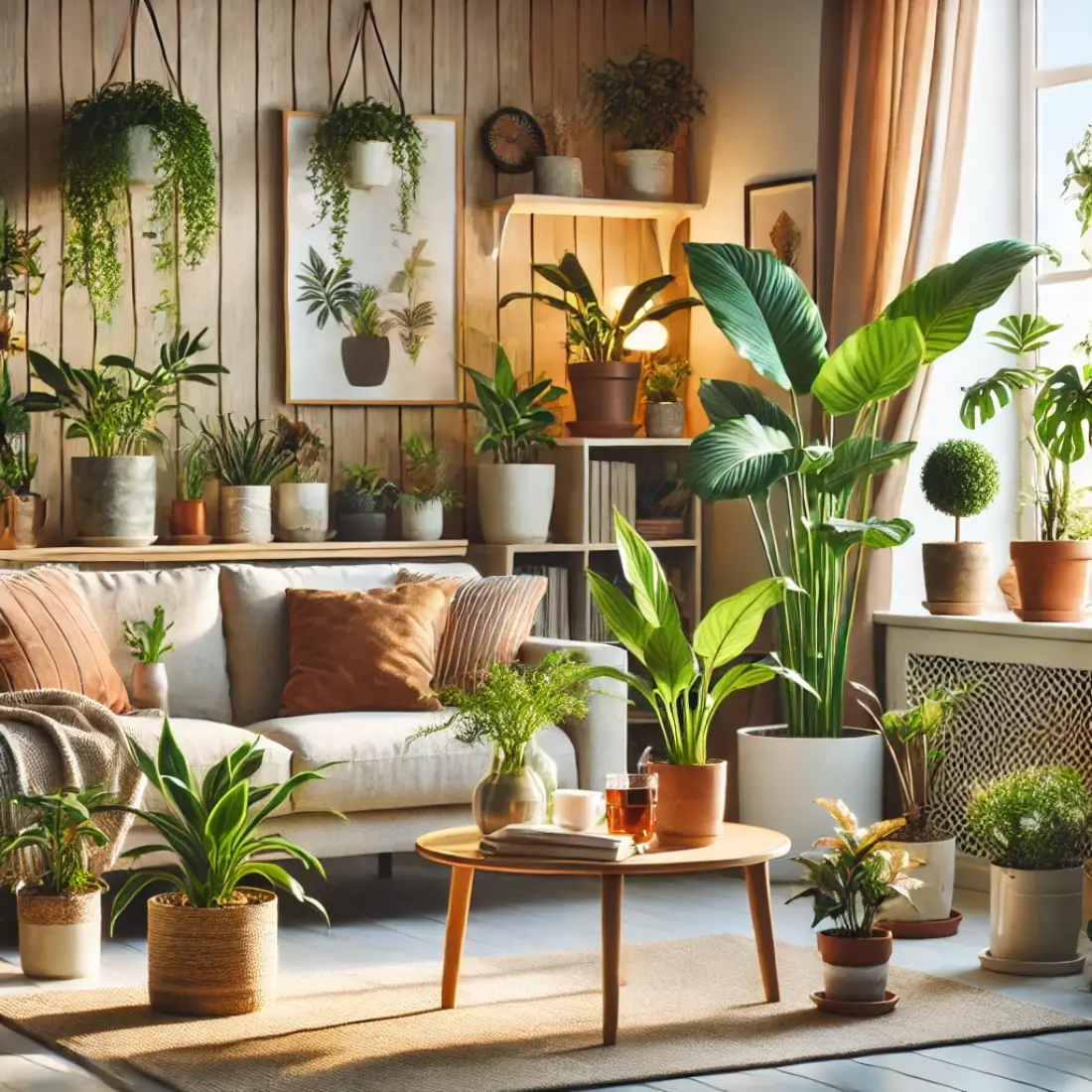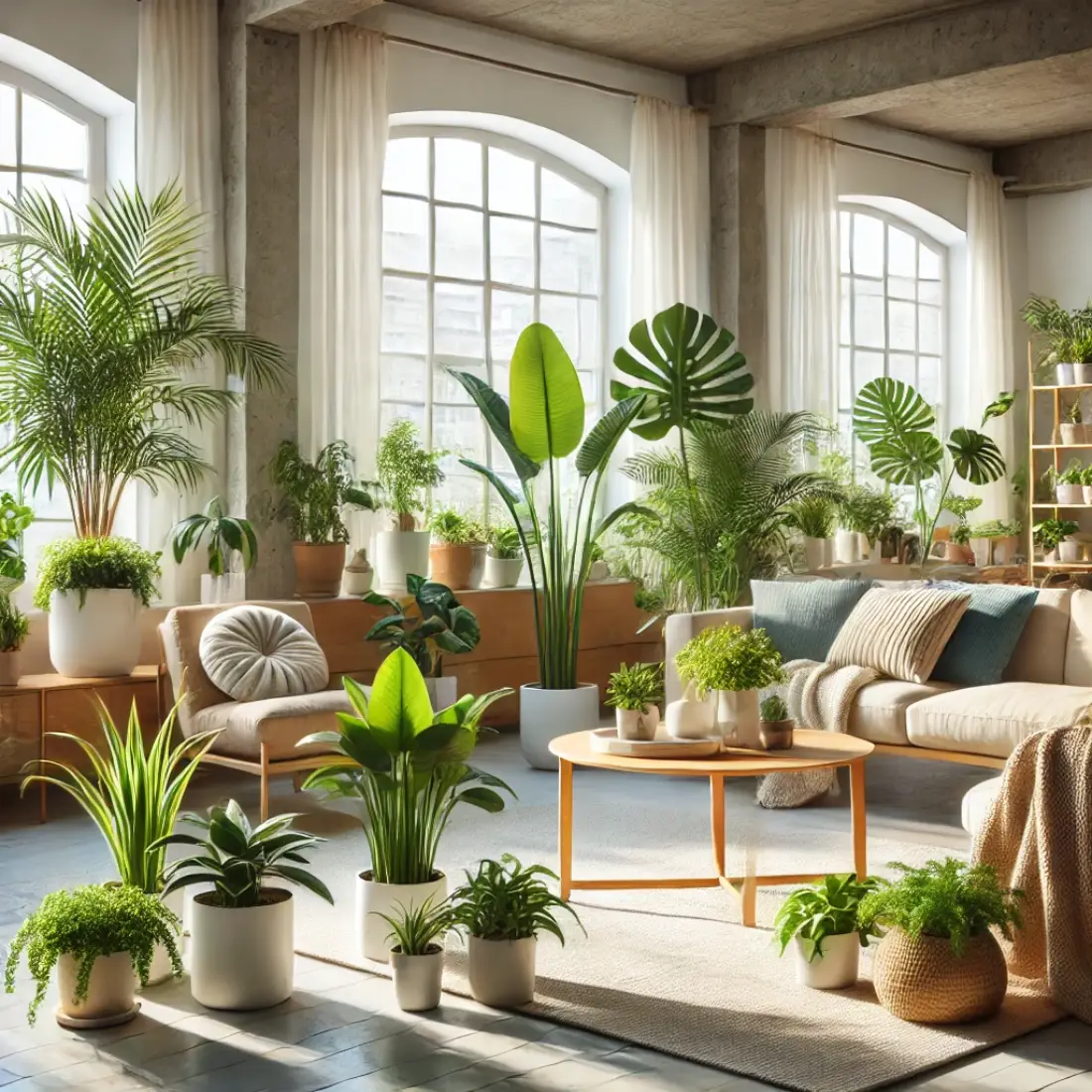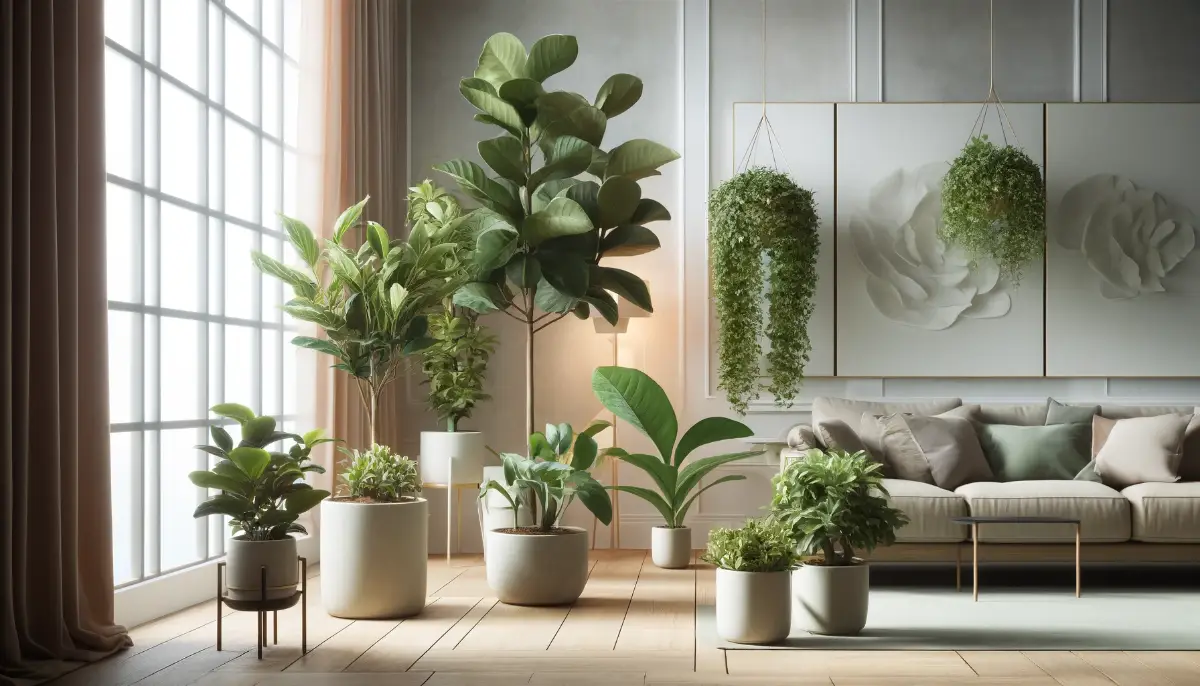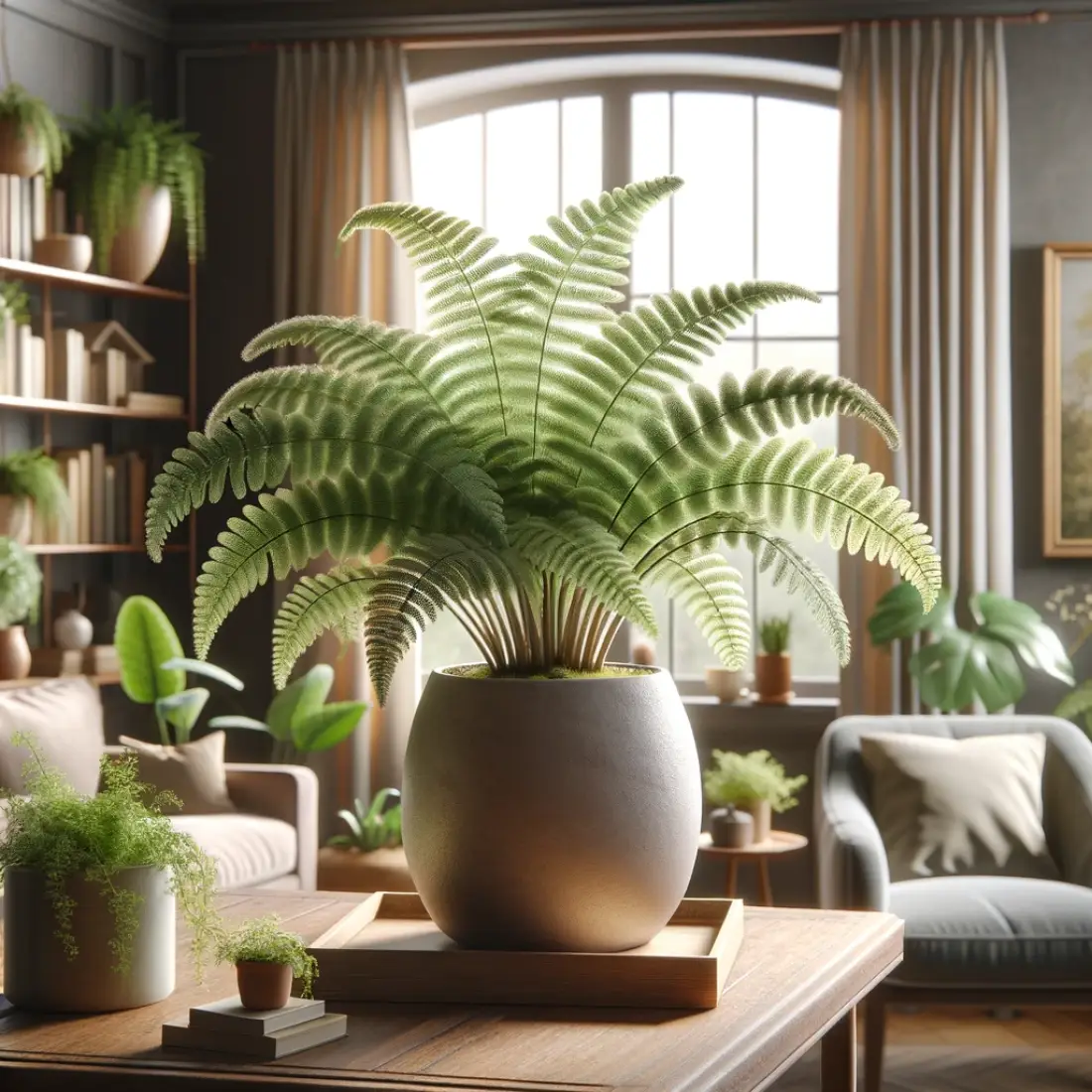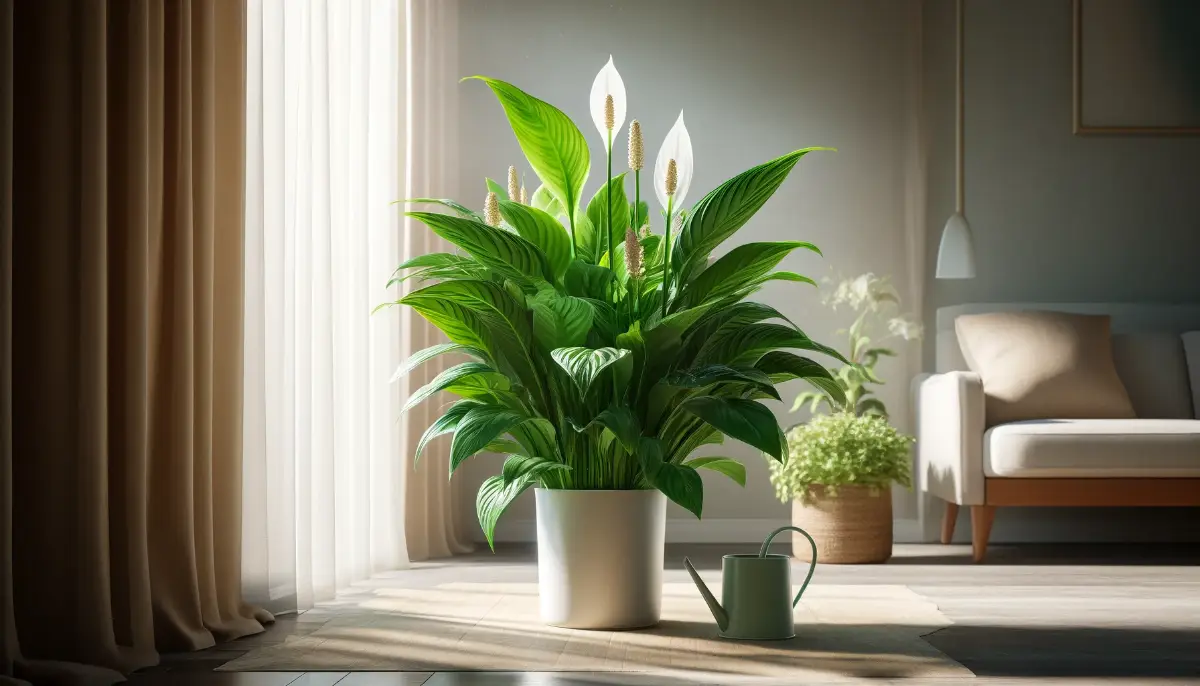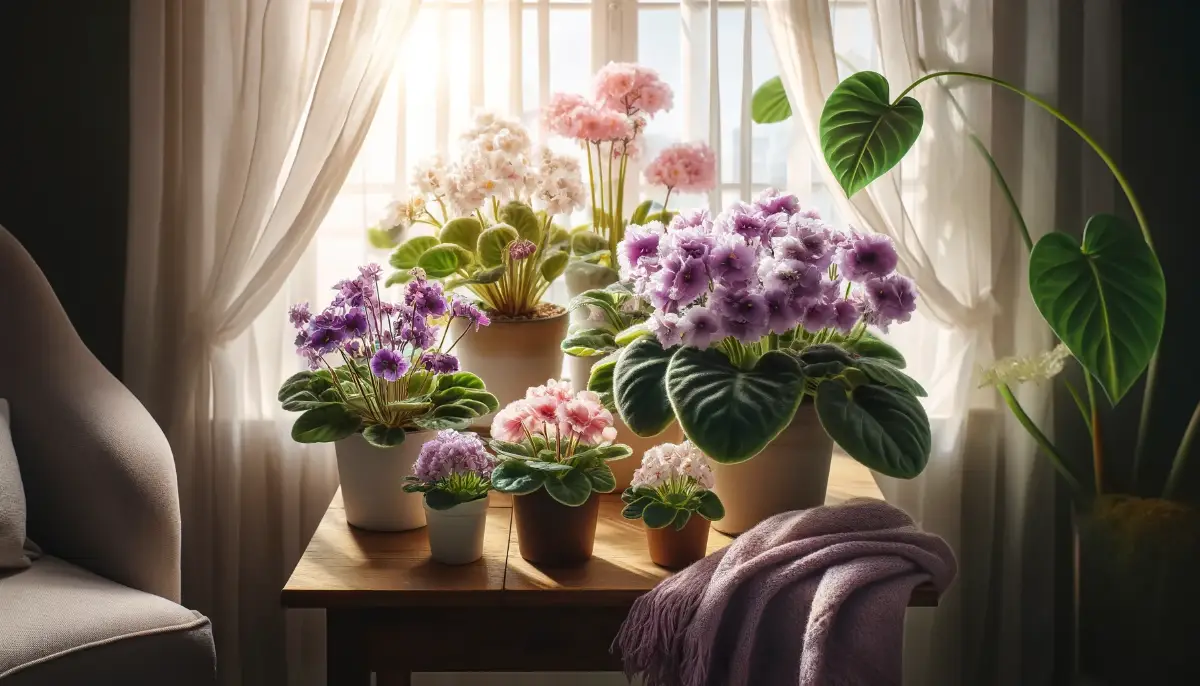Bringing the outdoors inside with houseplants might seem like a great way to freshen up your home, but for those with allergies, some indoor plants can turn your peaceful sanctuary into a sneeze-filled zone. From irritating pollen to hidden mold, let’s uncover why some popular indoor plants may not be the best companions for allergy sufferers.
- Many common houseplants can trigger allergic reactions due to pollen, mold, or irritating sap.
- Choosing hypoallergenic plants can make indoor living more comfortable.
- Proper maintenance can help minimize allergens.
The Allergy-Plant Connection
Allergy symptoms occur when your immune system overreacts to harmless substances. For plants, this often means pollen, mold spores, or even contact with the plant itself. While not all plants are problematic, some indoor species release allergens or create conditions that foster allergens like mold.
Fun Fact: One square meter of soil can hold more than a million mold spores—imagine what might be lurking in your potted plants!
How Indoor Plants Trigger Allergies
Pollen: While most indoor plants aren’t heavy pollen producers, some species can still release enough to irritate sensitive individuals.
Mold Growth: Overwatering plants or poorly draining soil can lead to mold growth, releasing spores into the air.
Plant Sap and Oils: Some plants produce irritant saps that can cause skin reactions or airborne particles that exacerbate respiratory issues.
Top Indoor Plants to Avoid If You Have Allergies
Not all greenery is created equal. Here’s a closer look at some of the worst offenders for allergy sufferers.
1. Weeping Fig (Ficus benjamina)
- Why It’s Bad: Weeping figs release a sap containing latex, which can cause reactions in those with latex allergies. They also shed tiny particles that may become airborne and irritate sensitive individuals.
- Symptoms It Can Cause: Sneezing, skin irritation, and congestion.
2. Ferns
- Common Types: Boston fern, asparagus fern.
- Why It’s Bad: Ferns reproduce by releasing spores, which can float in the air and trigger respiratory allergies.
- Symptoms It Can Cause: Coughing, wheezing, and eye irritation.
3. Peace Lily (Spathiphyllum)
- Why It’s Bad: While it’s a popular low-maintenance plant, peace lilies can harbor mold in their soil due to overwatering.
- Symptoms It Can Cause: Runny nose, itchy eyes, and even asthma attacks in severe cases.
4. African Violet (Saintpaulia)
- Why It’s Bad: African violets have fuzzy leaves that easily trap dust and mold, making them problematic for allergy sufferers.
- Symptoms It Can Cause: Sneezing, skin rashes, and congestion.
5. Rubber Plant (Ficus elastica)

- Why It’s Bad: Like the weeping fig, the rubber plant produces latex-containing sap. Its leaves may also collect dust easily, adding to allergen exposure.
- Symptoms It Can Cause: Skin irritation, nasal congestion, and eye discomfort.
6. Areca Palm (Dypsis lutescens)
- Why It’s Bad: Areca palms require high humidity, which can encourage mold growth in their soil and around the plant.
- Symptoms It Can Cause: Respiratory irritation, sneezing, and itchy eyes.
How to Allergy-Proof Your Indoor Plant Choices
If you can’t bear to part with your leafy companions, these tips can help reduce allergen exposure:
1. Choose Hypoallergenic Plants
Opt for plants that produce minimal pollen or require less moisture, such as:
- Snake plants.
- Cacti.
- Bamboo palm.
2. Maintain Proper Care
- Avoid overwatering your plants to prevent mold growth.
- Use well-draining soil and pots with proper drainage holes.
- Wipe plant leaves regularly to remove dust and allergens.
Keeping plants in a room with good airflow can help reduce allergen build-up.
3. Monitor and Minimize Exposure
- Keep plants out of bedrooms to reduce nighttime exposure.
- Use air purifiers with HEPA filters to trap airborne allergens.
- If symptoms persist, consider keeping only artificial plants.
Why Allergies Make Indoor Plants Tricky
While the aesthetic and air-purifying benefits of plants are well-documented, for allergy sufferers, the risks often outweigh the rewards. From invisible mold spores lurking in damp soil to irritating saps and airborne particles, indoor plants can become a surprising source of discomfort.
Pro Tip: Always research a plant’s allergenic potential before bringing it into your home, especially if you or someone in your household has known sensitivities.
FAQs about Indoor Plants to Avoid if You Have Allergies
Can indoor plants cause respiratory issues?
Yes, plants like ferns and palms can release spores or mold, which may trigger respiratory allergies.
What are some hypoallergenic indoor plants?
Snake plants, ZZ plants, and succulents are excellent low-allergen options.
How do I prevent mold in potted plants?
Water sparingly, ensure proper drainage, and place plants in well-ventilated areas.
Can dust on plants cause allergies?
Yes, dust can collect on leaves and trigger sneezing or congestion. Wipe leaves regularly to minimize exposure.
Should I avoid all indoor plants if I have allergies?
Not necessarily—choose low-pollen and hypoallergenic plants, and maintain them properly to reduce risks.

